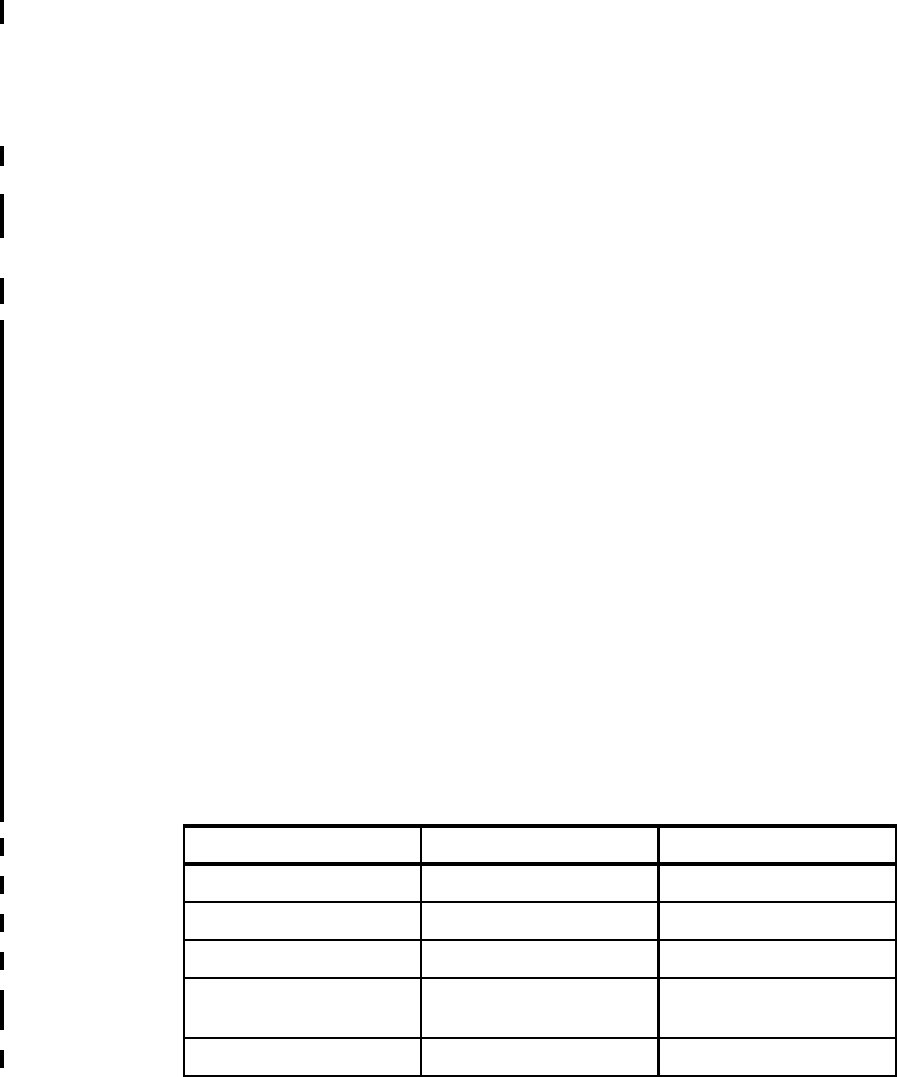
350 Patterns: Implementing Self-Service in an SOA Environment
Test the application
Now that we have configured the Web service client to go through the bus, it is
time to test it.
By regenerating the client, the generated proxy is reconfigured to point to the
new inbound service. Therefore no further changes need to be performed to the
ITSOMart application as it uses the proxy to locate the Web service. You can test
with the Web Services Explorer (10.5.3, “Testing with the Web Services Explorer”
on page 314. Note that without the mediations in the bus, testing the
ClientDelivery will always return a home delivery account number.
10.7.8 Configure the router mediation
The following steps take you through the installation and configuration process
for the router mediation created in 10.6.1, “Create the router mediation” on
page 324.
Define the mediation
1. Install the mediation application, RoutingMediationsEJBEAR.
2. Locate the bus definition by selecting Service integration → Buses. Click
the bus name (ITSOMartBus) to open it.
3. Under Additional Properties, click Mediations.
4. Click New.
5. Enter the following values:
– Mediation name: DeliveryRequestMediation
– Handler list name: RoutingHandler
The handler list name must match the handler list name defined in the EJB
deployment descriptor.
6. Add the following context properties in Table 10-3 to the mediation.
Table 10-3 :DeliveryRequestMediation context properties
Name Data Type Value
ALL String All
BusinessDelivery String BusinessDelivery
type String type
DeliveryResponseDestinat
ion
String DeliveryResponseDestinat
ion
HomeDelivery String HomeDelivery
Get Patterns: Implementing Self-Service in an SOA Environment now with the O’Reilly learning platform.
O’Reilly members experience books, live events, courses curated by job role, and more from O’Reilly and nearly 200 top publishers.

